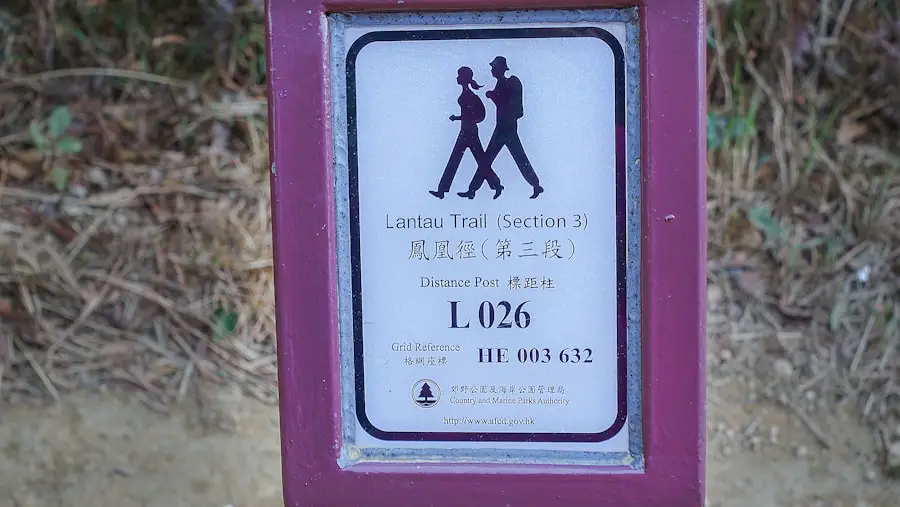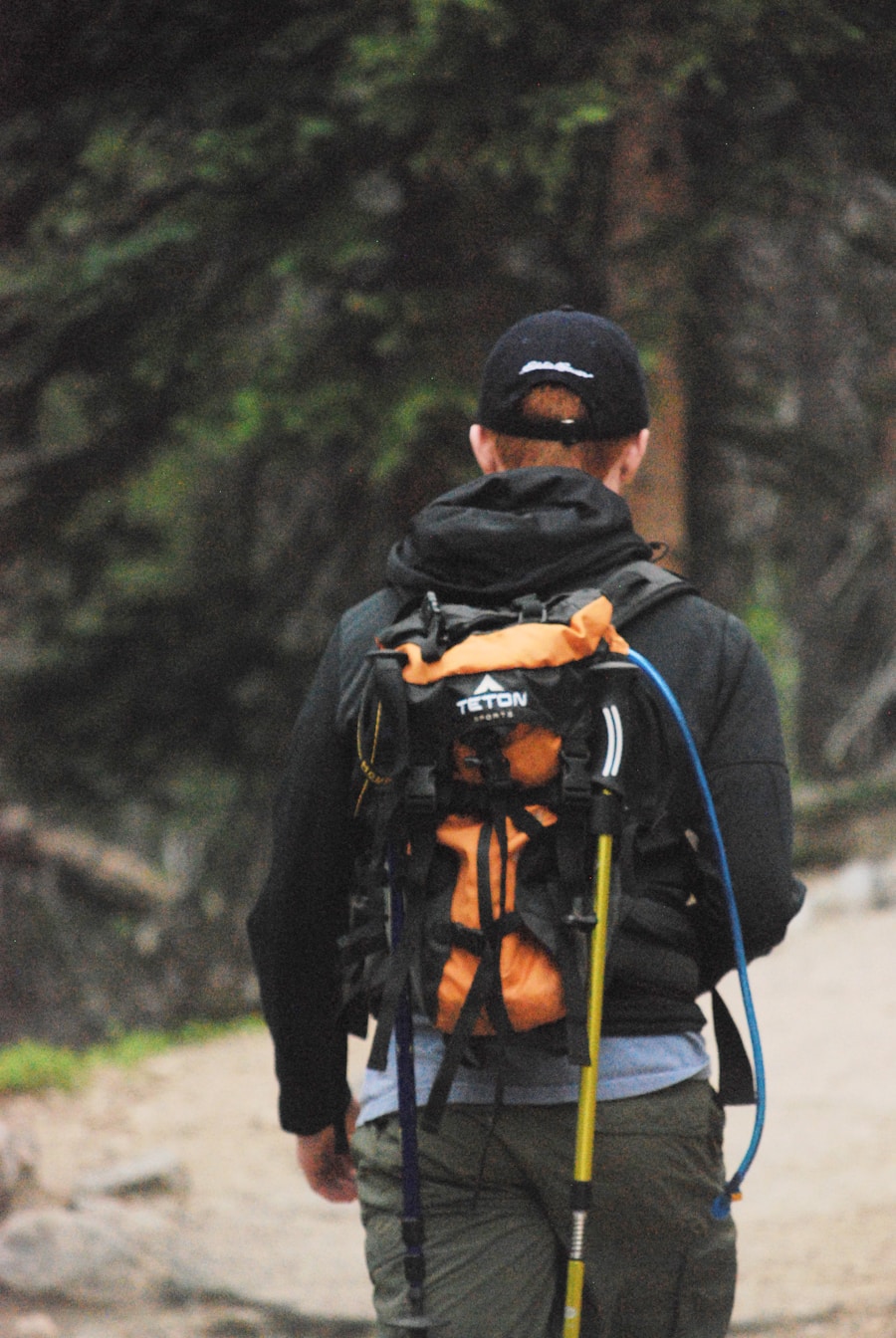Hiking during early pregnancy can be a double-edged sword, presenting both risks and benefits that expectant mothers must carefully consider. On one hand, engaging in moderate physical activity like hiking can be beneficial for both the mother and the developing fetus. Regular exercise during pregnancy is associated with a myriad of positive outcomes, including improved mood, reduced risk of gestational diabetes, and enhanced cardiovascular health.
The natural environment of hiking can also provide psychological benefits, such as reduced stress and anxiety levels, which are particularly important during the transformative period of pregnancy. However, it is crucial to acknowledge the potential risks involved in hiking while pregnant. Early pregnancy is often accompanied by fatigue, nausea, and hormonal changes that can affect balance and coordination.
These factors can increase the likelihood of falls or accidents on uneven terrain. Additionally, the body undergoes significant physiological changes, including increased blood volume and altered center of gravity, which can impact stamina and endurance. Therefore, while hiking can be a rewarding experience, it is essential for pregnant women to weigh these risks against the benefits and make informed decisions about their outdoor activities.
Key Takeaways
- Hiking during early pregnancy can have both physical and mental benefits, but it’s important to understand and weigh the potential risks as well.
- Tips for safe hiking during early pregnancy include staying hydrated, avoiding overheating, and listening to your body’s signals.
- Pregnant hikers should watch for signs such as dizziness, shortness of breath, and vaginal bleeding while on the trail.
- Choosing the right trails and terrain is crucial for pregnant hikers, with flat and well-maintained paths being preferable.
- Hydration and nutrition considerations for hiking while pregnant include drinking plenty of water and snacking on energy-boosting foods.
Tips for Safe Hiking During Early Pregnancy
To ensure a safe hiking experience during early pregnancy, it is vital to adopt certain precautions and strategies. First and foremost, choosing the right trail is essential. Opt for well-maintained paths that are not overly strenuous or steep.
Flat or gently rolling trails are ideal for maintaining comfort and minimizing the risk of falls. Additionally, it is advisable to hike with a companion or in a group, as this not only provides safety in numbers but also offers emotional support during the journey. Another important tip is to listen to your body.
Pregnancy can bring about unexpected fatigue and discomfort, so it is crucial to pay attention to how you feel during the hike. If you experience any signs of exhaustion or discomfort, it is wise to take breaks or cut the hike short. Staying attuned to your body’s signals can help prevent overexertion and ensure a more enjoyable experience.
Furthermore, consider planning shorter hikes with ample time for rest and hydration breaks to maintain energy levels throughout the outing.
Signs to Watch for During Hiking While Pregnant

When hiking during early pregnancy, being aware of specific signs that may indicate distress or complications is essential for ensuring safety. One of the primary signs to monitor is excessive fatigue. While some tiredness is normal during pregnancy, feeling overwhelmingly exhausted can signal that it’s time to rest or even turn back.
Additionally, watch for any unusual pain or cramping in the abdomen, which could indicate potential complications that require immediate attention. Another critical sign to be vigilant about is dizziness or lightheadedness. These symptoms can arise from dehydration or low blood sugar levels, both of which are more common during pregnancy.
If you experience these sensations while hiking, it’s important to stop, sit down, and hydrate. If symptoms persist or worsen, seeking medical advice should be a priority. Other signs to be mindful of include shortness of breath beyond what is typical for exertion and any unusual swelling in the extremities.
Recognizing these signs early can help ensure a safe hiking experience.
Choosing the Right Trails and Terrain for Pregnant Hikers
| Trail Name | Terrain Type | Difficulty Level | Distance (miles) |
|---|---|---|---|
| Appalachian Trail | Mountainous | Difficult | 2,190 |
| John Muir Trail | Mountainous | Moderate | 211 |
| Pacific Crest Trail | Mountainous | Difficult | 2,653 |
| Grand Canyon Rim Trail | Canyon | Easy | 21 |
| Yosemite Valley Loop Trail | Valley | Easy | 11 |
Selecting appropriate trails and terrain is paramount for pregnant hikers aiming to enjoy the outdoors safely. When considering a hiking route, prioritize well-marked paths that are free from obstacles such as rocks, roots, or steep inclines. Trails that offer a smooth surface will reduce the risk of tripping or falling, which is particularly important as balance may be affected during pregnancy due to changes in body weight distribution.
In addition to surface conditions, consider the length and elevation gain of the trail. Shorter hikes with minimal elevation changes are generally more suitable for pregnant women, especially in the early stages when energy levels may fluctuate significantly. Researching local parks or nature reserves that offer easy-to-moderate trails can provide a wealth of options tailored to your needs.
Furthermore, consider the availability of rest areas along the trail where you can take breaks if needed.
Hydration and Nutrition Considerations for Hiking While Pregnant
Hydration and nutrition play critical roles in ensuring a safe and enjoyable hiking experience during pregnancy. Pregnant women require increased fluid intake to support both their own hydration needs and those of their developing fetus. It is advisable to carry an adequate supply of water on hikes, aiming for at least 8-10 ounces every hour of moderate activity.
Dehydration can lead to fatigue, dizziness, and other complications that could jeopardize both mother and baby. In addition to hydration, maintaining proper nutrition before and during hikes is essential for sustaining energy levels. Consuming a balanced meal rich in carbohydrates, proteins, and healthy fats prior to hitting the trail can provide the necessary fuel for physical activity.
Snacks such as nuts, granola bars, or fruit are excellent options to bring along for quick energy boosts during breaks. It’s important to avoid overly heavy meals that could lead to discomfort while hiking; instead, opt for lighter fare that will keep energy levels stable without causing digestive issues.
Precautions for Hiking in Different Weather Conditions During Pregnancy

Weather conditions can significantly impact the safety and enjoyment of hiking while pregnant. In hot weather, pregnant women are at an increased risk of overheating due to hormonal changes that affect thermoregulation. To mitigate this risk, it’s advisable to hike during cooler parts of the day—early morning or late afternoon—and seek shaded areas whenever possible.
Wearing lightweight, breathable clothing can also help keep body temperature regulated. Conversely, hiking in cold or wet conditions presents its own set of challenges. Cold weather can lead to discomfort and increase the risk of hypothermia if proper precautions are not taken.
Dressing in layers allows for better temperature control; start with moisture-wicking base layers and add insulating layers as needed. Waterproof outer layers are also essential in wet conditions to keep dry and warm. Additionally, be cautious of slippery surfaces when hiking in rain or snow; using trekking poles can provide extra stability on uncertain terrain.
The Importance of Proper Gear and Clothing for Hiking While Pregnant
Having the right gear and clothing is crucial for ensuring comfort and safety while hiking during pregnancy. Footwear should be a top priority; supportive hiking shoes with good traction can help prevent slips and falls on uneven terrain. As pregnancy progresses, foot swelling may occur; therefore, choosing shoes with adjustable features or those that accommodate swelling can enhance comfort.
Clothing choices also play a significant role in maintaining comfort during hikes. Opting for moisture-wicking fabrics helps manage sweat and keeps you dry throughout your hike. Additionally, consider wearing supportive undergarments that provide comfort without constriction; this includes sports bras designed for active use during pregnancy.
A wide-brimmed hat can protect against sun exposure while sunglasses shield your eyes from harmful UV rays—both essential considerations when spending time outdoors.
Consulting with a Healthcare Provider Before Hiking During Early Pregnancy
Before embarking on any hiking adventures during early pregnancy, consulting with a healthcare provider is a prudent step that should not be overlooked. Each pregnancy is unique; therefore, discussing your specific health status and any pre-existing conditions with a medical professional can provide personalized guidance on whether hiking is appropriate for you at this stage. Healthcare providers can offer valuable insights into any potential risks based on individual health factors such as previous pregnancies, existing medical conditions, or complications that may arise during pregnancy.
They may also provide recommendations on suitable activities based on your fitness level and overall health status. Engaging in this dialogue not only ensures safety but also empowers expectant mothers with knowledge about how to enjoy outdoor activities responsibly while nurturing their health and well-being during this special time.
If you are considering hiking during early pregnancy, it is important to be cautious and informed about the potential risks. One related article that may be helpful is “Rutting Bucks: How Far Will They Travel?”. This article discusses the behavior of bucks during the rutting season and how far they may travel, providing insights into wildlife encounters while hiking. It is always important to be aware of your surroundings and take necessary precautions when exploring nature, especially during pregnancy.
FAQs
Is hiking safe during early pregnancy?
Yes, hiking can be safe during early pregnancy as long as it is done with caution and within the limits of what is comfortable for the individual.
What are the benefits of hiking during early pregnancy?
Hiking can provide physical exercise, fresh air, and stress relief, which can be beneficial for both the mother and the developing baby.
Are there any risks associated with hiking during early pregnancy?
There are some risks associated with hiking during early pregnancy, such as the potential for falls or overexertion. It is important to consult with a healthcare provider before engaging in any physical activity during pregnancy.
What precautions should be taken when hiking during early pregnancy?
Pregnant women should take precautions such as staying hydrated, avoiding steep or uneven terrain, and listening to their body’s signals to avoid overexertion.
Are there any specific medical conditions that would make hiking during early pregnancy unsafe?
Women with certain medical conditions, such as a history of preterm labor or pregnancy complications, may be advised to avoid hiking or any strenuous physical activity during early pregnancy. It is important to consult with a healthcare provider for personalized advice.
